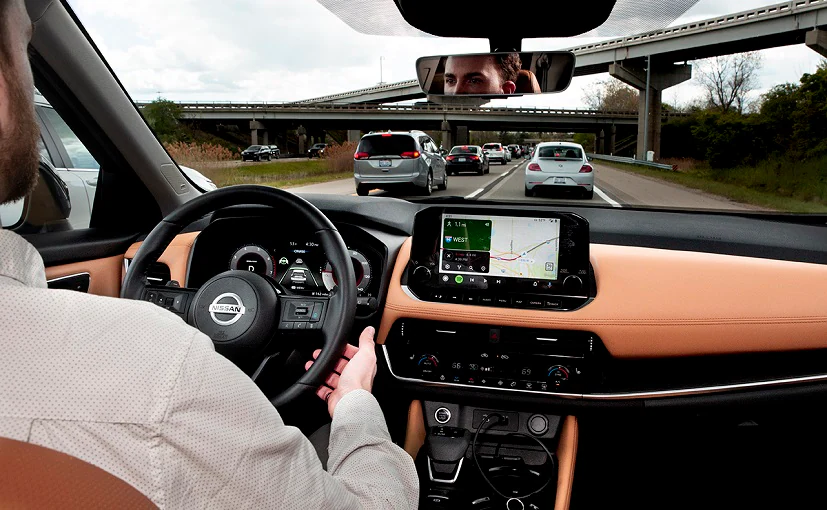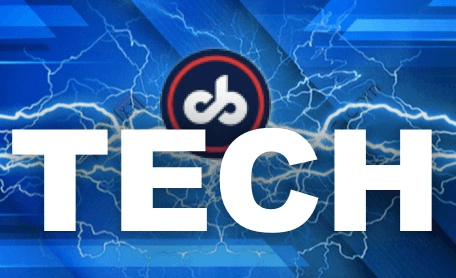Nissan’s Intern Spent Hours In Traffic To Make Its Cars Better

[ad_1]
As an intern, it was Szymkowski’s job to check his smartphone traffic app every day and when he saw a dark red line indicating the worst traffic gridlock, it was go-time.

The months of traffic-sitting for research also fast-tracked Szymkowski’s career.

When you set out to drive, you love the open roads and the biggest nemesis then is a grid lock which brings everything, right from your happiness of driving, to a standstill. But for Tyler Szymkowski, it had become a job to head out to where the cars came to a standstill and not a soul moved. Why would he torture him so? Well, Japanese carmaker, Nissan, put him through this ordeal, and well, paid him for it. As an intern, it was Szymkowski’s job to check his smartphone traffic app every day and when he saw a dark red line indicating the worst traffic gridlock, it was go-time.
Also Read: Renault, Nissan Looking For More Savings On Batteries: Report

Over the course of his internship, Szymkowski sat in 64 standstill traffic jams in Los Angeles, Washington, Detroit, Pittsburgh, Baltimore and San Francisco.
Szymkowski was on a team that was tasked with enhancing Nissan’s ProPILOT Assist hands-on driver assist system, first introduced in the U.S. on the 2018 Nissan Rogue. This original system combines Nissan’s Intelligent Cruise Control and Steering Assist technologies. In stop-and-go traffic, the system is capable of bringing the vehicle to a full stop, holding in place for three seconds and resuming forward movement when traffic starts moving again. If more than three seconds pass, the driver needs to tap the accelerator pedal to reengage the system.
Brittany Tessmer, a Nissan senior project engineer in advanced driver-assistance systems sent Szymkowski to the most congested cities in the country to collect data that ultimately supported a new hold time of 30 seconds. Over the course of his internship, Szymkowski sat in 64 standstill traffic jams in Los Angeles, Washington, Detroit, Pittsburgh, Baltimore and San Francisco.
Customer feedback drove three major improvements on the enhanced ProPILOT Assist with Navi-link system, which is now available on the all-new 2021 Nissan Rogue and all-new 2022 Pathfinder. The system now syncs with the car’s navigation to better predict the freeway ahead. With this, one improvement is that the system can reduce the vehicle’s speed for tight freeway curves and off-ramps allowing for a more intuitive and enjoyable drive. The connection to the vehicle’s navigation also gives drivers the option to quickly adjust their speed to the posted speed limit based on traffic sign recognition technology. And thanks in part to Szymkowski’s research, a third improvement is that on freeways, drivers now have up to 30 seconds before having to press the resume function button or tap the accelerator during standstill traffic.

Customer feedback drove three major improvements on the enhanced ProPILOT Assist with Navi-link system, which is now available on the all-new 2021 Nissan Rogue and all-new 2022 Pathfinder.
Also Read: Made In India Nissan Magnite Goes On Sale In South Africa
0 Comments
The months of traffic-sitting for research also fast-tracked Szymkowski’s career. After graduating with an engineering degree from Grand Valley State University in Michigan, and completing three intern rotations, he was hired as a full-time Nissan engineer. He now works on human machine interface (HMI) topics with a special focus on how the ProPILOT Assist system enhances the customer’s connection with their vehicle.
For the latest auto news and reviews, follow carandbike.com on Twitter, Facebook, and subscribe to our YouTube channel.
[ad_2]
Source link

